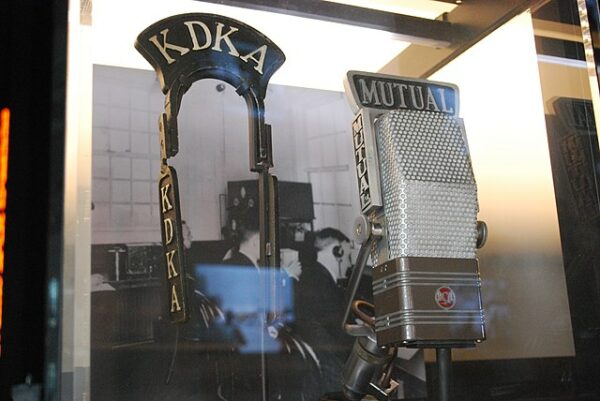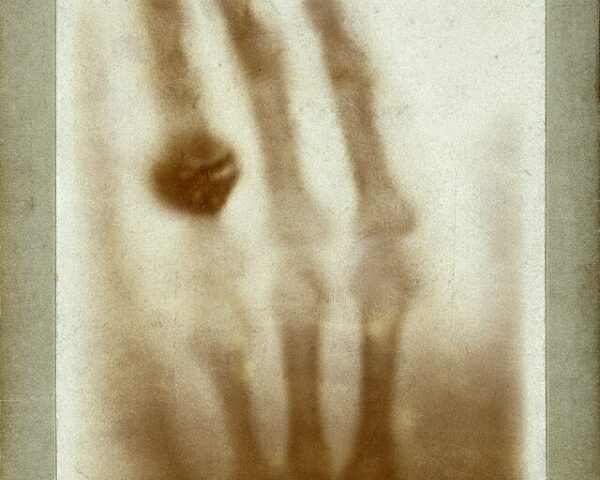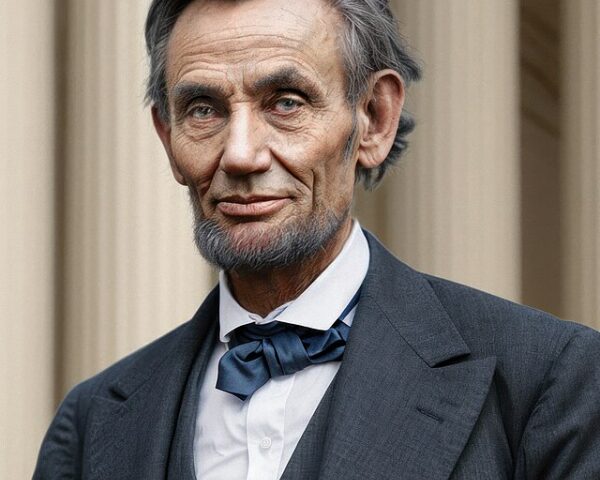“This is KDKA of the Westinghouse Electric and Manufacturing Company in East Pittsburgh, Pennsylvania. We shall now broadcast the election returns. We are receiving these returns through the cooperation and by special arrangement with the Pittsburgh Post and Sun. We’d appreciate it if anyone hearing this broadcast would communicate with us as we are very anxious to know how far the broadcast is reaching and how it is being received…”
On November 2, 1920, media history was made when the radio station KDKA, located in Pittsburgh, Pennsylvania, went on the air for the first time. Established by the Westinghouse Electric Corporation, this milestone marked the beginning of the modern broadcasting era, and it ushered in an era of entertainment, information, and cultural dissemination that would reshape the world.
On that day, the station broadcast the news of the day: the results of the Harding-Cox presidential election. In doing so, it became the first radio station to offer real-time election updates to the public. This broadcast played a pivotal role in bringing the election to a broader audience, and it became a model for subsequent news coverage on the radio.
“Westinghouse Electric and Manufacturing Company saw the potential of radio, which at the time was mainly used as a means of two-way communication and referred to as wireless telephony, to broadcast programming to the general public,” writes The Pennsylvania Center for the Book. “Previously, radio had been relegated to amateur operators, but the practice had dropped in popularity after the U.S. military commandeered all the airwaves for military use during World War I. Harry P. Davis, Westinghouse vice-president, saw radio as more than “a confidential means of communication,” and realized radio “was an idea of limitless opportunity,” as quoted in Inventing American Broadcasting 1899-1922. He saw radio as a way to communicate with vast numbers of people over a large geographic area instantaneously.
Assistant Chief Engineer Frank Conrad had already been making broadcasts via ham radio in the immediate Pittsburgh area, but there was little demand for radio receivers outside that relatively small group of aficionados. Westinghouse wanted to create a demand by having regularly scheduled broadcast programs across a variety of subjects, having seen Conrad’s local success broadcasting music, talking, and giving sports scores. So a small shack was built on the roof of a Westinghouse building in Pittsburgh, complete with antenna and a 100-watt transmitter. On October 27, 1920, the Department of Commerce issued the first commercial radio station license under the call sign KDKA. On November 2, 1920, Leo Rosenberg broadcast the Harding-Cox presidential election returns, marking the first broadcast by a licensed radio station.
According to Orrin Dunlap Jr., a communications technology historian, this broadcast started “a craze that swept the country to become a vast new industry.” KDKA’s transmitter was soon upgraded to 500-watts, allowing nightly broadcasts to reach audiences across most of the eastern United States and into Canada. This was just the beginning, as radio popularity would soon explode as a result of KDKA’s pioneering steps in broadcasting. By 1922, there were more than five hundred licensed stations on the air throughout the nation.
KDKA’s creation of a new industry did not take long to start to profoundly affect the nation. One of the first fields that radio changed was politics. The first broadcast was of the Harding-Cox election returns, but more than that, radio gave a way for politicians to reach out to and communicate with their constituents. It wasn’t long before politicians took advantage of this; Representative Alice Robertson and Secretary of Commerce Herbert Hoover became the first politicians to reach listeners by radio in January 1921 via KDKA, only months after it started broadcasting. On March 4, 1921, KDKA aired the first presidential inaugural address over the radio, when Warren G. Harding delivered his message to the nation. The significance of this event helped spread radio’s popularity outside of the Pittsburgh area. Papers across the nation ran headlines in the months leading up to the event announcing “wireless telephone to convey Harding’s address to many,” Kansas City Star. Historian Susan J. Douglas notes that people thought radio would improve politics. ‘We may even become more thoughtful about the selection of our presidents,’ and now candidates show ‘a real personality’ instead of ‘a political abstraction.’”
KDKA continued to innovate and expand its offerings over the years. In 1921, it introduced regularly scheduled broadcasts, covering a variety of topics, from news and music to sporting events. The station’s programming evolved, reflecting the changing tastes and interests of its audience.
Over the decades, KDKA went through various ownership changes but maintained its status as a prominent voice in the region. It adapted to emerging technologies and formats, transitioning from AM to FM broadcasting and staying relevant in the digital age.
Today, KDKA remains a venerable institution in the world of broadcasting, with a rich history that encapsulates the evolution of radio from its infancy to its enduring presence in the modern media landscape. Its legacy serves as a testament to the enduring power of radio to inform, entertain, and connect communities.






